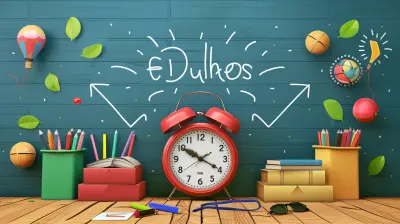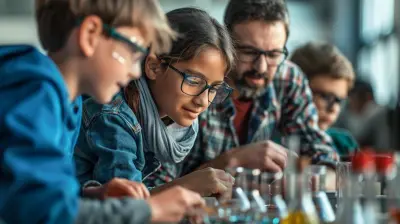How to Make Science Fun and Exciting at Home
3 November 2025
Let’s be honest—when someone says “science homework,” most kids groan and roll their eyes. And hey, we’ve all been there. Long formulas, endless memorization, and tiny print in thick textbooks? Yeah... not exactly thrilling. But what if we flipped that script? What if science felt less like a chore and more like a magical adventure?
Welcome to the world where test tubes meet kitchen counters, where gravity becomes a game, and curiosity is the compass. In this guide, we’re diving into how to make science fun and exciting at home. Spoiler alert: no lab coats required.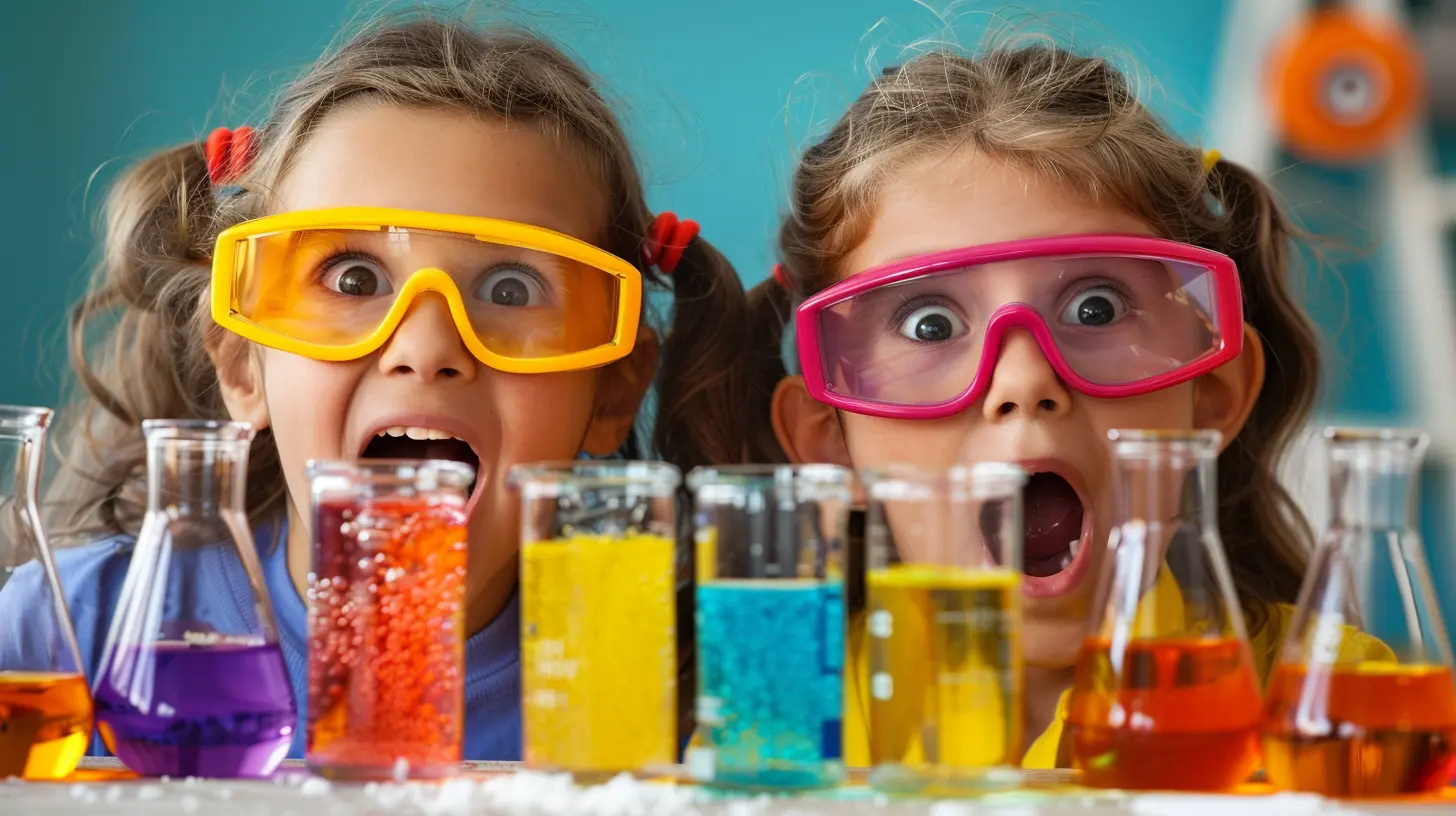
Why Even Try Making Science Fun?
Think back to when you were a kid. Remember the first time you mixed baking soda with vinegar and watched it fizz like fireworks? That moment of “Whoa!”—that’s what we’re chasing. Science is less about memorizing facts and more about asking "What if?" It’s the wonder of exploration, the joy of figuring things out, and the thrill of the unexpected.When learning becomes playful, retention skyrockets. Kids don’t just learn—they live it. And that’s the magic.
Set the Scene: Your Home Is the New Lab
You don’t need fancy equipment or a NASA-level budget. Your home is bursting with tools and test subjects—fruit, water, magnets, light, even your pet cat (okay, maybe not for everything).A flashlight turns into a stargazing tool. An ice cube becomes a lesson in thermodynamics. Your kitchen morphs into a chemistry set waiting to come alive.
So, grab your apron, clear the kitchen table, and let the experiments begin!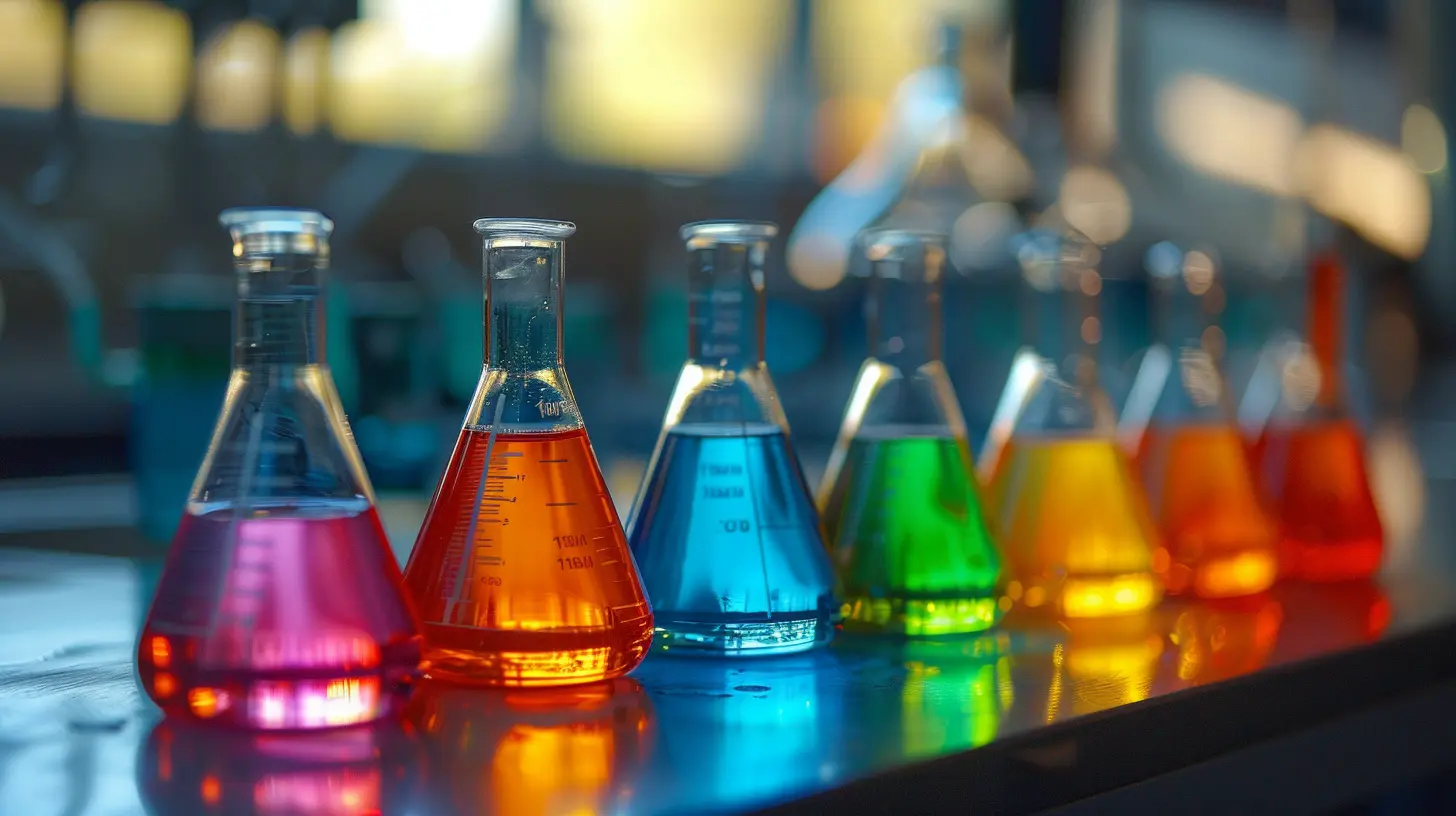
1. Kitchen Chemistry: Tasty Science Experiments
Who knew the kitchen was a scientific playground in disguise? Cooking is chemistry in action—mixing, heating, transforming ingredients. And it smells delicious.Volcano Cake Eruption
Baking a cake? Make it erupt! Just like the classic baking soda and vinegar volcano but twice the fun—and edible.- Bake a chocolate cake
- Carve out a small cylinder in the center
- Add vinegar and red-colored baking soda paste
- Watch the lava ooze—and eat the mess after!
Fizzy Lemon Rockets
Cut a lemon in half, add baking soda, and watch it fizz up like a tiny lemony volcano. It’s a mini reaction station and a sensory delight.Why it’s awesome: Kids explore acid-base reactions and sensory science—plus, lemons smell amazing!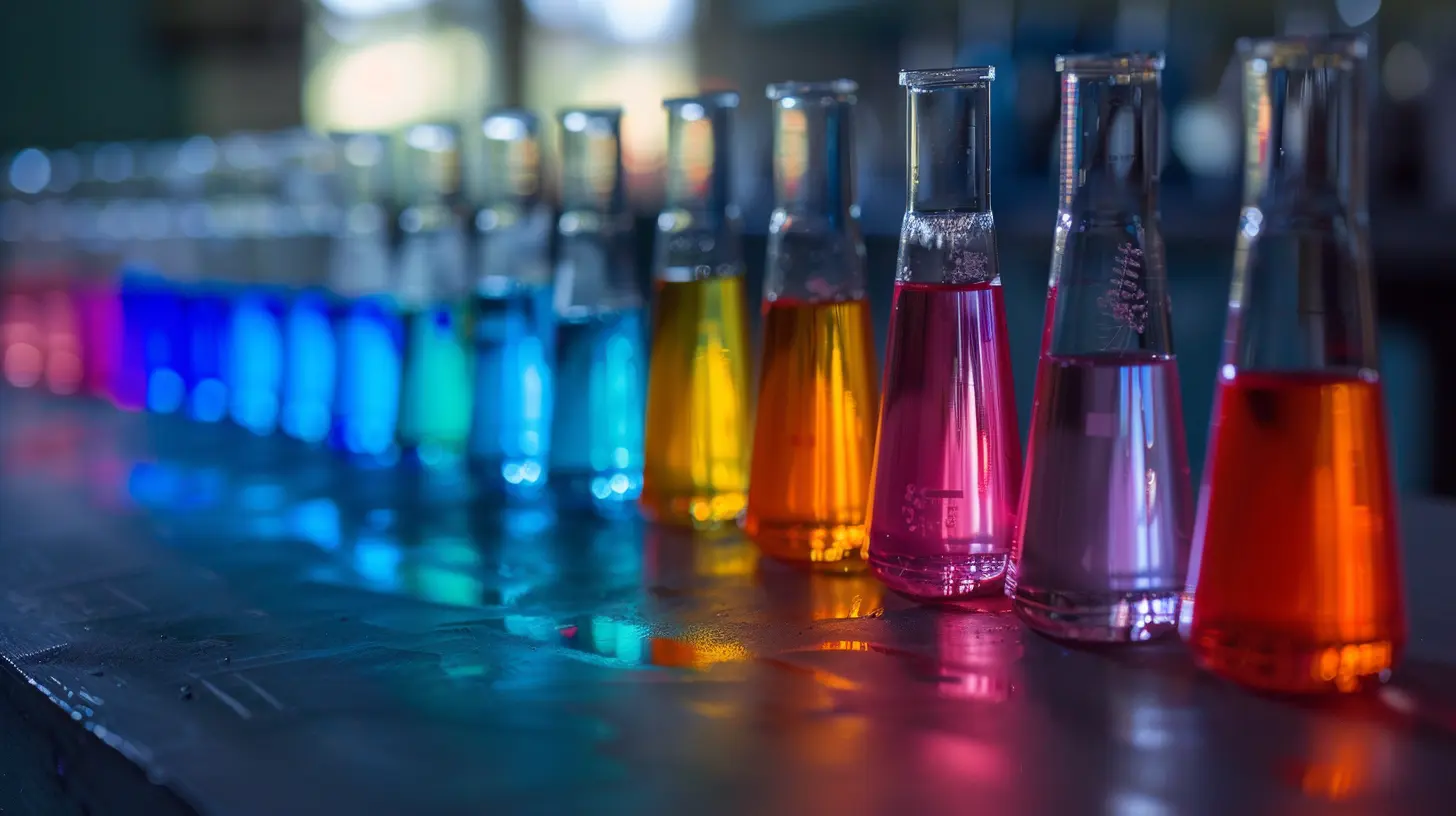
2. Backyard Physics: Nature Is Your Lab Partner
Step outside. Yep, even the backyard holds secrets that can make Newton proud. Physics is everywhere—from how water flows to how your old swing moves.Water Balloon Drop Test
Grab some water balloons, different surfaces (grass, cardboard, concrete), and drop away. What breaks where?Lesson: Teaches impact force, gravity, and variables in experiments.
Shadow Tag and Sun Dials
Chase shadows, build a sundial with a stick and some rocks, and track the time. Kids learn about Earth’s rotation, the sun’s position, and how ancient scientists told time.Fun twist: Make your own shadow art with different shapes during various times of the day.
3. DIY Science Toys: Build Your Own Wonder
Why buy expensive science kits when you can make your own? DIY projects spark imagination and show that science is more than lab reports—it’s Lego-level fun!Marble Roller Coasters
Use cardboard tubes, construction paper, and tape to build a marble roller coaster. Loop-de-loops, ramps, and spirals—kids design the physics themselves.What it teaches: Gravity, potential energy, and kinetic energy in motion.
Balloon-Powered Cars
Attach a balloon to a straw, tape it to a lightweight car base (use Legos, maybe?), then release. Zoom!Why it rocks: It’s Newton’s Third Law—action and reaction—live and loud.
4. Starry Science: Astronomy From Your Backyard
Can’t visit a planetarium? No biggie. The cosmos is over your head every night.Backyard Stargazing
Lie on a blanket with your kids and look up. Use a star map (free apps like SkyView are great), and try identifying constellations.Extra fun: Create your own constellation legends. Who says only the Greeks get to tell stories?
Make a DIY Telescope
With two magnifying glasses and some patience, you can build a simple telescope at home. Or try binoculars to get a closer look at the moon’s craters.Bonus activity: Track the moon’s phases over a month. Draw each one. It becomes a tiny moon journal!
5. The Magic of Microbiology (aka, Moldy Bread Is Cool)
Before you toss that stale slice from the fridge, hear me out. Mold is gross, sure, but it’s also a fascinating window into biology.Grow Mold Safely
Take slices of bread, dampen them, and put them into clear plastic bags in different environments—one in the fridge, one in a dark cabinet, and one in sunlight.Observe: Which grows mold fastest? Why? Keep a daily log, maybe even photograph the transformation.
It’s gooey, weird, and totally awesome.
6. Sensory Science: For the Littlest Explorers
Science isn’t just for tweens and teens. Even toddlers can get in on the action with sensory play that introduces big concepts through little hands.Oobleck Madness
Mix cornstarch with water and a tiny bit of food coloring. Boom—Oobleck! It acts like a solid when you touch it but flows like a liquid when you let it run.What’s happening? It’s a non-Newtonian fluid—yeah, that’s a real thing!
Bubble Science
Add glycerin or corn syrup to your usual bubble mix to create giant, unbreakable bubbles. Measure sizes, shapes, and how long they last.Learning level: Air pressure, light refraction, and surface tension! In every pop!
7. Let Curiosity Lead: Follow Their Questions
Sometimes the best science experiments start with an offhand question.- “Why do leaves change color?”
- “What happens if we microwave a marshmallow?”
- “Do spiders drink water?”
Instead of answering immediately, turn the question back around: “How could we figure that out?” Then guide the exploration. This teaches problem-solving, critical thinking, and the confidence to say “I don’t know… yet!”
8. Use Tech the Smart Way: Digital Science Reinvented
Not all screen time has to be mindless swiping. Leverage tech to amplify your at-home science lab.Apps and Tools We Love:
- Toca Lab – Perfect for younger kids to explore elements- NASA App – For stargazers and space dreamers
- PhET Simulations – Interactive science and math simulations for all ages
- YouTube channels like Science Max or SciShow Kids – Fun, fast, fascinating!
Use these tools as launching pads, not destinations. Watch together, then try replicating what you saw.
9. Everyday Science in Daily Life
Some of the best lessons hide in plain sight.Laundry Time Thermodynamics:
Ask why warm water cleans better. It’s surface tension, molecule movement, and chemical reactions at work!Dishwashing Osmosis:
Explain how soap breaks down greasy molecules. Teach about hydrophilic and hydrophobic reactions while scrubbing plates.Grocery Store Genetics:
Ever seen a purple cauliflower or yellow watermelon? Talk about plant breeding and genetics while browsing produce.10. Celebrate Little Discoveries
Not all experiments will be winners. Some will flop. Others will explode (hopefully just metaphorically). But every attempt is a win because it fuels curiosity.Celebrate every “Aha!” moment. Hang up experiment photos on the fridge, maintain a “Science Scrapbook,” or host a monthly “Family Science Fair.” Make it personal. Make it matter.
Involve the Whole Family
Here’s a secret: Science isn’t just for kids—it's a family bonding tool in disguise. Get the siblings involved. Compete on who can make the tallest spaghetti-and-marshmallow tower. Let grandparents vote on the most creative hypothesis.Science is about asking questions together and journeying through the unknown. And sometimes, it’s just about having sticky fingers and messy counters while you figure it all out.
Final Thoughts: Let Wonder Lead the Way
You don’t need a white coat or a Bunsen burner to spark a lifelong love for science. You just need a curious heart, a pinch of patience, a dash of creativity, and maybe a box of baking soda.Science is woven into our everyday lives, humming quietly in the background—until we decide to listen. So, light that spark. Flip curiosity into excitement. Make your home a haven for questions, play, and discovery.
Because when science is fun, learning becomes irresistible.
all images in this post were generated using AI tools
Category:
HomeschoolingAuthor:

Fiona McFarlin
Discussion
rate this article
1 comments
Damon Wilkins
“Science isn't just for classrooms—it's a thrilling adventure waiting to unfold at home! Unleash curiosity, spark creativity, and let every experiment ignite a passion for discovery. Let's make learning unforgettable!”
November 8, 2025 at 12:30 PM

Fiona McFarlin
Absolutely! Making science fun at home fosters curiosity and creativity, turning everyday moments into unforgettable learning adventures!
